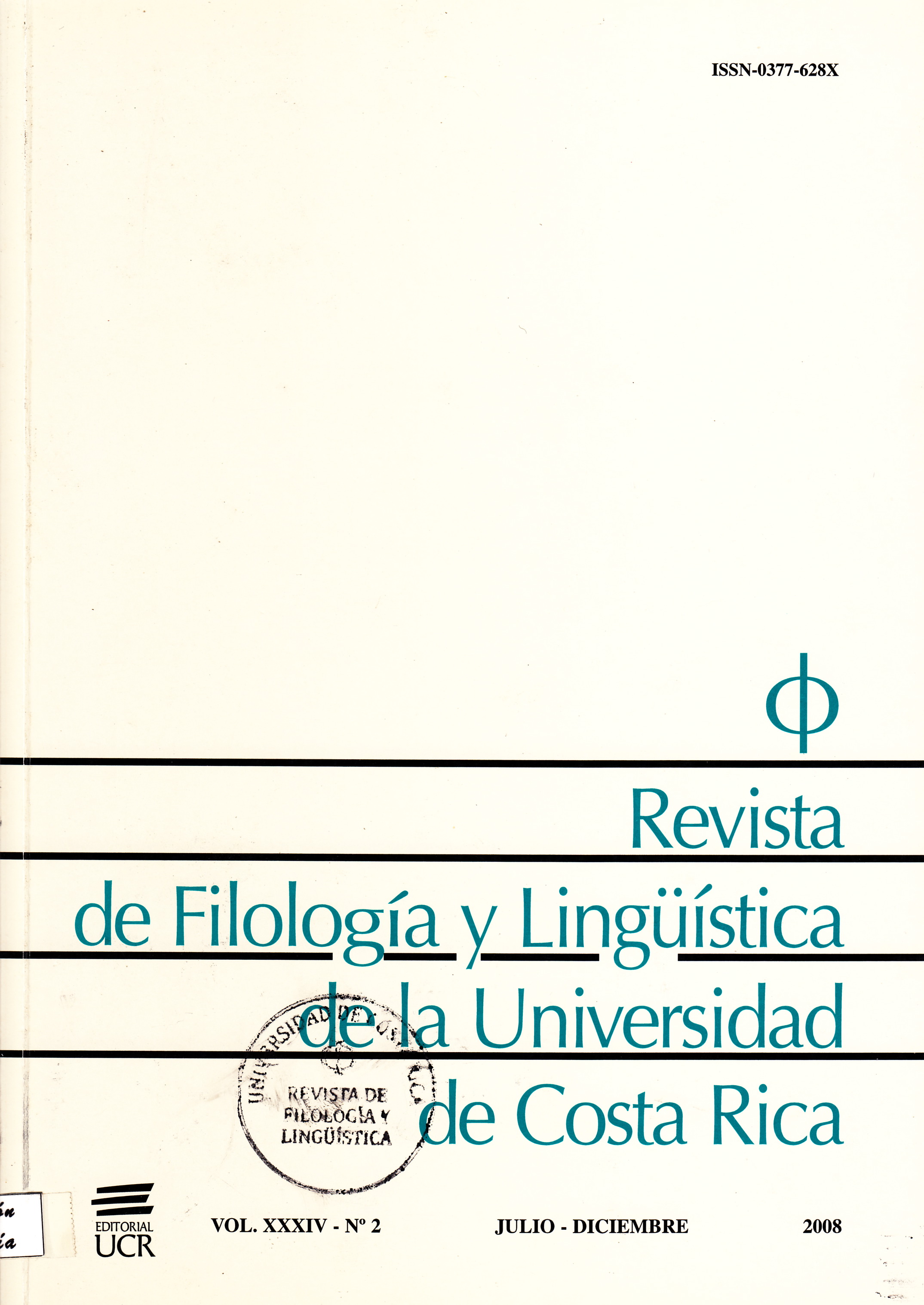Abstract
Idiomatic expressions produce “popular categories”, key and quite stable concepts that shape everyday understanding. The expressions bring scenes or images that need to be transformed into the popular category or categories at play. Two procedures are described by which this is achieved. Both imply schematic operations of Kantian and cognitive linguistics origin.References
Fauconnier, Gilles & Mark Turner. 1996. “Blending as a Central Process of Grammar”. En Goldberg (ed.) 1996: 113-130.
Fauconnier, Gilles. 1997. Mappings in Thought and Language. Cambridge: Cambridge University Press.
Goldberg, Adele (ed.). 1996. Conceptual Structure, Discourse and Language. Stanford: Center for the Study of Language and Information.
Lakoff, G.& Mark Johnson. 1980. Metaphors We Live By. Chicago: The University of Chicago Press.
Lakoff, G. & Mark Turner. 1989. More than Cool Reason. Chicago: The University of Chicago Press
Lakoff, George. 1993. “The Contemporary Theory of Metaphor” en Ortony (ed.) 1993: 202-251.
Ortony, Andrew (ed.). 1993. Metaphor and Thought. Cambridge: Cambridge University Press.
Rivano, Emilio.1997. Metáfora y Lingüística Cognitiva. Santiago de Chile: Bravo y Allende Editores
(2002). Seven Lessons on Metaphor. Concepción: Universidad de Concepción & Bravo y Allende Editores.
(2004). De las Expresiones Idiomáticas. Concepción: Cosmigonon. Serie Lingüística Universidad de Concepción.

